In his article “The Crowd and The Library,” historian and archivists Dr. Trevor Owens mentions the irony within the term ‘crowdsourcing’ as the projects that use it “have not involved large and massive crowds and they have very little to do with outsourcing labor” (Owens, 2012). Instead, Owens characterizes crowdsourcing as an invitation to engaged member of the public to take part in volunteerism and develop public goods.
There has been much talk of whether crowdsourcing asks for specialized, unpaid work of its volunteers without providing anything in return. There certainly is an argument to be made there. When does work become labor? What far can good will be pushed? While these are all important questions that must continue to be asked to keep the business ethical, I view the issue a bit differently. In a society where free time and breaks are so scarce, how beautiful is it to see a group of people come together to perform a duty, not because they were forced to, but because it needs to be done and they can.
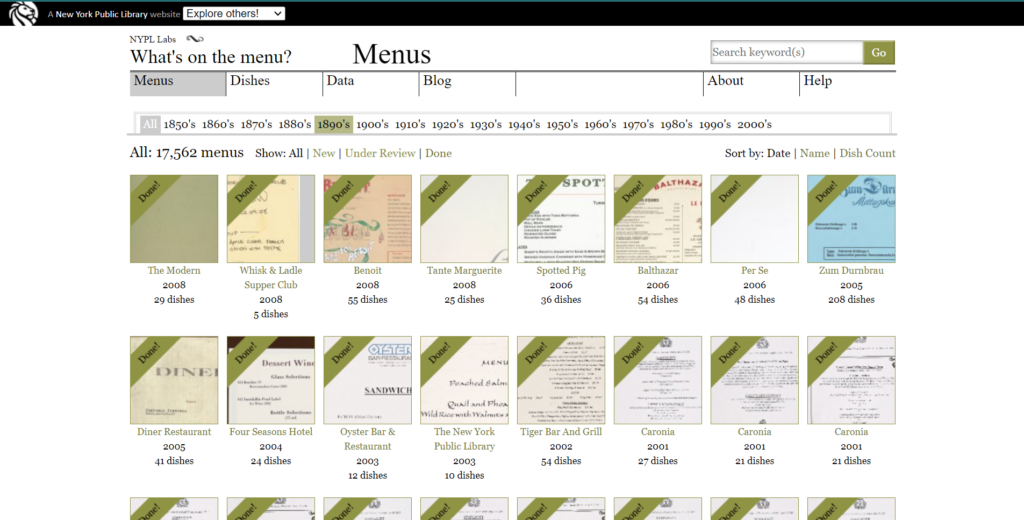
This communal practice has a long history of cultural sites inviting the public in to aid in typically repetitive, detailed work that cannot be trusted to machines or computers. For the New York Public Library, their journey in crowdsourcing began in 2011 when they initiated the process of digitizing and transcribing over 45,000 historical menus through thousands of volunteers. The project has grown into the site “What’s on the Menu?” where anyone can choose a menu and start transcribing dish by dish.

For any cookbook enthusiasts (like this writer) this type of project is a dream. I have a collection of rare/weird cookbooks and love to see how recipes and their ingredients can spin a story of the past. The New York Public Library essentially turns this passion into a game where you can explore a time period and location through the food it offers and its corresponding price point.
I have used the site a few times now so I am fairly familiar with its structure and features, but I definitely would not describe the process as intuitive. The site itself is fairly old and reflects that age in its display. Once you toggle around on it for a while it does become simpler to use, but there are also help options throughout to guide you.
Occasionally the site runs out of new menus to transcribe, but in those instances there still menus that under review and need a second pair of eyes, such as the menu seen here. While the item transcriptions are correct on this, the prices are slightly off so I just went in and fixed them, which as shown, was shockingly easy.
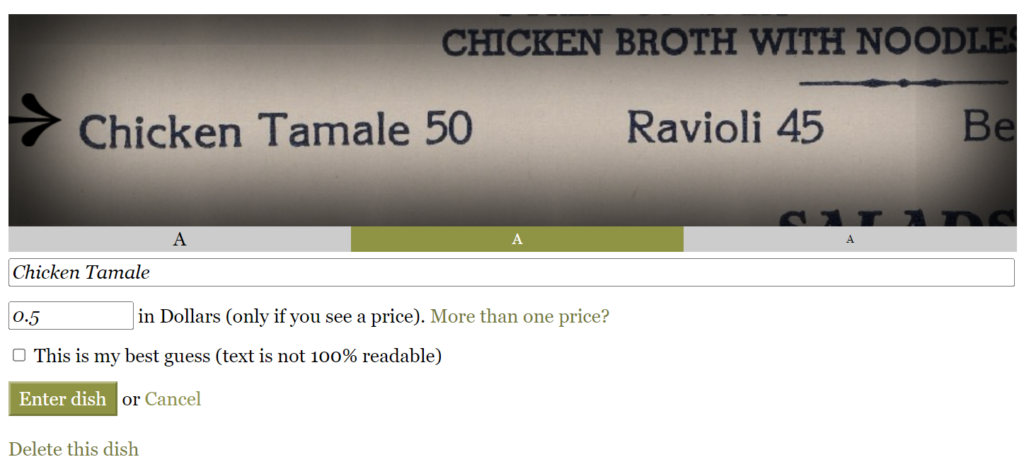
For historians, the digitization and transcription of these menus can be an incredible record to pull from or to track trends. The site has even gone the next step of creating visualizations to go along with certain items so its price, frequency, locations can all be observed with a simple click. On their FAQ page, the site explains the importance of transcribing this data, “Where were oysters served in 19th century New York and how did their varieties and cost change over time? What was the price of a cup of coffee in 1907? To find out these sorts of things more easily, we need to extract all the delicious data frozen as pixels inside these digital menu photos.” They also link to a group, Curating Menus, that has started using the NYPL’s data sets to make discoveries.
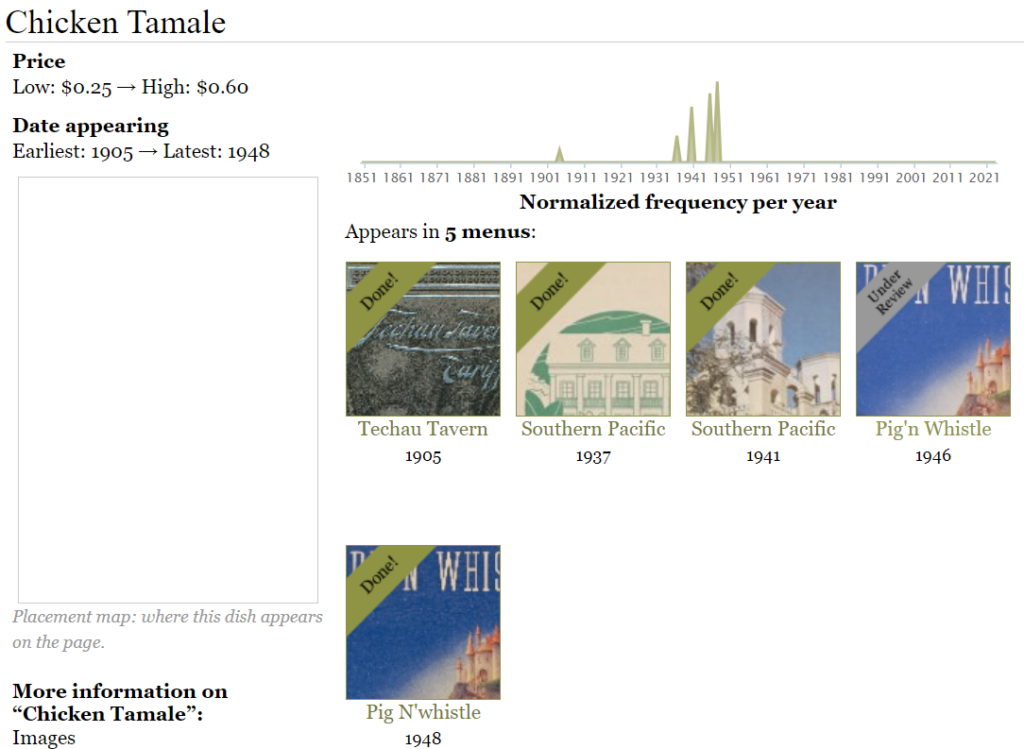
Although extremely valuable, many transcription projects can focus on transcribing heavy or deeply distressing items that take much out of the workers. For those seeking a lighter, brain numbing project, What’s on the Menu might be for you. It might make you laugh; it might make you confused, the prices might send you into a rage, but it’ll be an easy break from reality.
So, what do you think about crowdsourcing? Unpaid labor or exceptional volunteerism? Have you ever taken part in a transcription project? Most importantly, do you know any crazy cookbooks I need to check out?
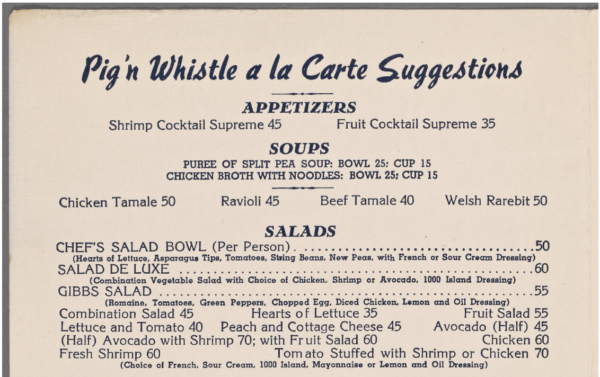
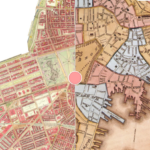

Hi Emma! First: I love looking into food history. Check out Emmymade on YouTube, she mostly makes food that people use to survive off of during times of economic hardship. There’s also Steve1989MREInfo on YouTube, where he eats old MREs (the oldest I think being one from the Boer War!) and talks about what was included and why. For a cookbook, have you looked at The Forme of Cury? It’s a medieval cookbook commissioned by King Richard II. You do have to do more to understand the language it’s written in, but it’s easier to understand the writing if you sound it out (soppes=soups). It’s on Project Gutenberg.
Second: I do have mixed feelings on crowdsourcing. On one hand, yeah it’s unpaid labor. On the other hand, I don’t see anything wrong with volunteering or asking for volunteers. There are a lot of people passionate about history that maybe only want to donate a few hours of time every now and again to something they care about. I think it boils down to semantics, and those that transcribe or volunteer their time won’t really view the work as unpaid labor. I’m speaking from my own experience in transcribing and volunteer work, but you do get a sense of taking part in something bigger, and fulfilment in participating in something you’re passionate about.
Hey Emma, I also did transcription via crowdsourcing, but I did it through Citizen Archivist. I’m thought the interface was generally pretty easy. It also covered a wide array of topics, so I think the site you covered is best if you have a specific interest in historical cook books rather than a more general interest in the past.
Emma, I loved your post, thanks for sharing. I attempted to work on the same project but struggled to find anything to review or transcribe, I think I found the site confusing, but I am glad you figured it out! I love the idea of the project and how you related to it with your interests, one day some of our family recipes could end up on a site like this for people to learn from and I see a lot of value in that. I like that you included the data that has been created from the menus! That could definitely be something useful for a historian.